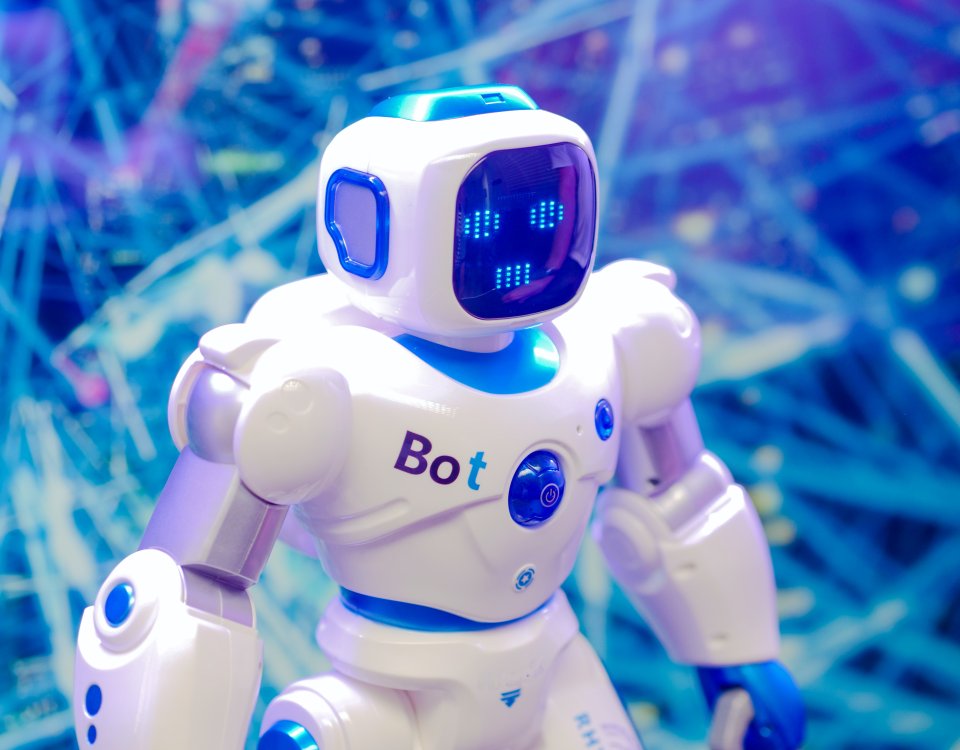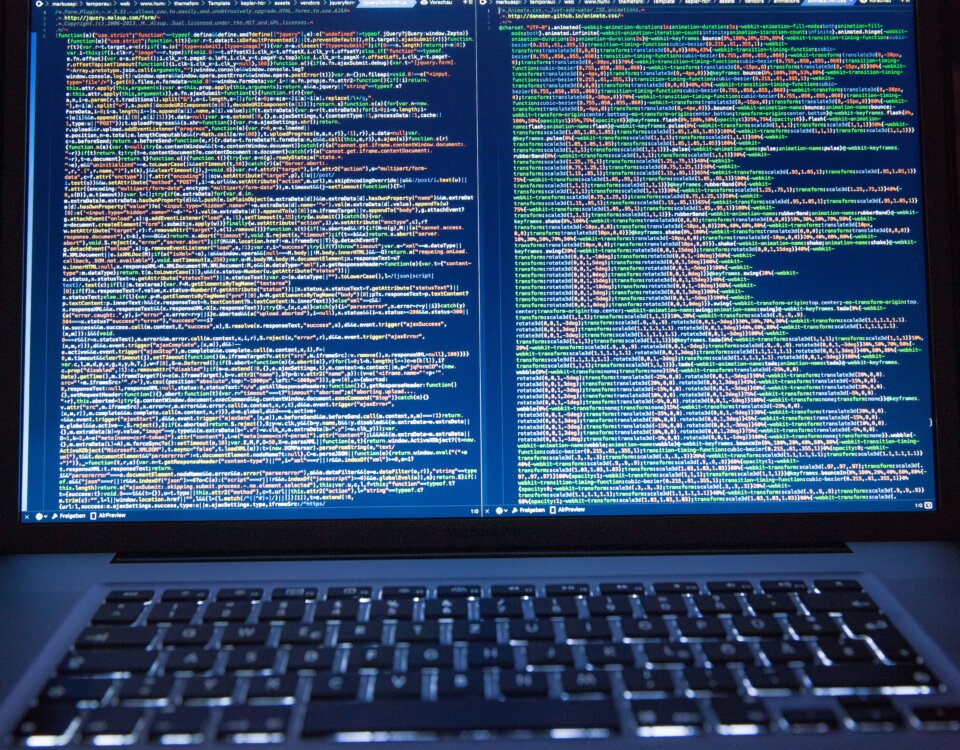
Convolutional networks
5 January 2022
Recurrent neural networks
28 January 2022

Convolutional networks
5 January 2022
Recurrent neural networks
28 January 2022How the AI revolution is changing business

Artificial intelligence (AI) has been with us since the 1950s, when Alan Turing proposed a test to examine whether a computer could convince a human being that it was a human being. Her story is full of ups and downs. Is the situation different this time? Recent analysis suggests that yes: artificial intelligence has become real and is finally starting to bring business benefits, it is no longer science fiction. One of the leading experts in the field, Andrew Ng, calls AI “the new electricity.”
There is no single, universally accepted definition of artificial intelligence. The term usually refers to the ability of machines to learn and make decisions. Technologies that perform one specific task, operating within a set of rules, such as Siri, Alexa and Bixby apps are categorized as narrow AI. Something else is general artificial intelligence, which is supposed to perform every intellectual task that a human can perform, and something else is superintelligence, which is supposed to surpass humans in every way. It is worth noting that we currently have only narrow AI, and scientists predict the birth of general artificial intelligence only after 2040.
The application of artificial intelligence requires a huge amount of data and the ability to process it. We are currently generating huge amounts of information, which is the fuel for artificial intelligence (2.2 billion gigabytes every day). This amount of new data provides algorithms with more and more examples that can be used to identify, correct and reject incorrect responses.
Big tech companies of the digital age, such as Amazon, Apple and Google, are investing billions of dollars in technology development. Globally, the development of artificial intelligence is dominated by the US and China.150 billion dollars – this is how much the Chinese artificial intelligence market is expected to be worth by 2030. By comparison, the globalAI market will be worth $190 billion in 2025.
Those who know what conclusions to draw from data analysis, how to talk to customers and how to make money from it all will do best in the future job market. Analysts are optimistic about this. According to Gartner, 130 new jobs are expected to emerge for every 100 jobs eliminated as a result of AI deployment. The Ministry of Digitization estimates that the use of artificial intelligence could allow Poland to reach GDP levels in 2030 that would otherwise only appear in late 2034 and early 2035. Already, Poland has the same number of AI-relevant graduates per million inhabitants as the UK – Europe’s leading AI center.
This article was written thanks to the funds from the European Union’s co-financing of the Operational Program Intelligent Development 2014-2020, a project implemented under the competition of the National Center for Research and Development: under the “Fast Track” competition for micro, small and medium-sized entrepreneurs – competition for projects from less developed regions under Measure 1.1: R&D projects of enterprises Sub-measure 1.1.1 Industrial research and development work carried out by enterprises. Project title: “Developing software to improve forecast accuracy and inventory optimization from the perspective of customer and supplier collaborating in the supply chain using fuzzy deep neural networks.




LAST UPDATES
TAGS
- #AI
- #artificial-intelligence-from-A-to-Z
- #bullwhip-effect
- #covid19
- #demand-forecasting
- #forecasting
- #Intelligent-Development-Operational-Program-2014-2020.
- #inventory-management
- #inventory-optimization
- #NCBiR
- #neural-networks
- #out-of-stock
- #outllier
- #overstock
- #safety-stock
- #safety-stock
- #seasonal-stock
- #service-level-suppliers
- #stock-projection
- #stock-projection-over-time
- #supply-chain
- #supplychain
Related entries
How about AI: what is it and how does artificial intelligence work?
READ
Artificial intelligence (AI) is the ability of machines to exhibit human skills such as learning, inference and recommending solutions. Artificial intelligence enables associations to be made […]
The essence of the classic model of inventory renewal based on the information level – the point of reordering
READ
The main feature of the model based on the so-called. “ordering point,” also known as an information-level ordering system or continuous review [3], is a condition […]
Fuzzy systems
READ
Based on fuzzy sets, a fuzzy inference system can be built. In such a system, fuzzy rules are implemented for modeling, which in turn make it possible to carry out the process of fuzzy inference.


